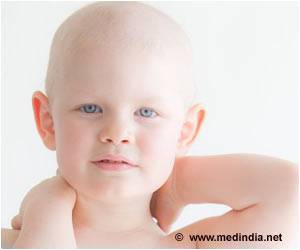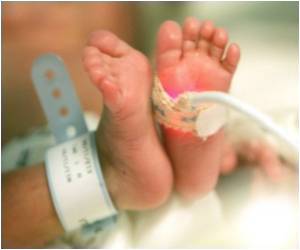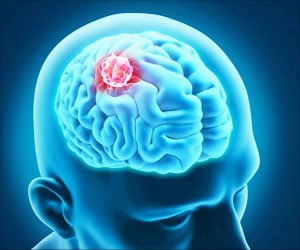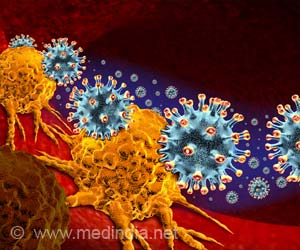The most common form of childhood brain cancer is medulloblastoma. Discovery of seven subgroups of medulloblastoma can improve treatment and survival rates.

‘The discovery of new subtypes in childhood brain cancer could lead to personalized treatment and increase survival rates.’





It is hoped that this finding, published in The Lancet Oncology, will give young patients access to better treatment programs tailored to their needs and new drug options in the future.Up until now, there had only been four recognized molecular subtypes. Experts say this new understanding could lead to increased survival rates as each responds differently to treatment so can be targeted individually.
It is anticipated this discovery will help personalize treatment so that young patients get the best care possible, tailored to the specific biology of their cancer.
Gentler therapies could be used for children with a good prognosis, while reserving the most intense treatments for those with high-risk tumors, as well as developing new treatments.
Steve Clifford, Professor of Molecular Pediatric Oncology at the Wolfson Childhood Cancer Research Centre, Newcastle University, lead author of the study, said, "Medulloblastoma is the most common type of malignant pediatric brain tumor, and it is a devastating condition that causes approximately 10 percent of all childhood cancer deaths.” "Our research has provided critical new insights into cancer's molecular basis and it is a significant step forwards in enhancing our understanding of this life-threatening disease. This discovery allows us to undertake studies to see how we could use these insights in a diagnosis and to personalize treatments according to the biological features of each patient's tumor."
Advertisement
Medulloblastoma is the most common brain tumor affecting young people. It is estimated that around 650 patients are diagnosed each year in the EU.
Advertisement
Children with this cancer are currently given a combination of surgery, chemotherapy, and radiotherapy, but this course of action has numerous debilitating side effects, such as lower IQ and social problems.
The study looked at tumor samples from more than 700 children with medulloblastoma, together with clinical and disease details.
Analysis of each tumor assessed its genetic characteristics and identified unique biomarkers, which the experts then compared with clinical information, allowing them to establish that each subgroup has distinct clinical features and survival rates.
Dr Ed Schwalbe, Senior Lecturer in Bioinformatics and Biostatistics at Northumbria University, Newcastle, said, "Excitingly, these new subtypes are characterized by better survival rates for some children but sadly also worse outcomes for some. This research could, therefore, lead to new clinical trials, to better help clinicians decide on optimal treatments for their patients, focusing on reducing treatment side effects in patients with a good prognosis, and continuing to aggressively treat patients with a worse prognosis."
Kinder Treatment
The study was funded by the Cancer Research UK and The Brain Tumor Charity.
Dr Catherine Pickworth, Cancer Research UK's science information officer, said, "Improving the way we treat cancer is a priority, especially as many children who survive cancer will live with long-term side effects of their treatment.
"It's vital that we make treatment both better and kinder, and this study is a positive step forward in achieving this. By showing that different subgroups have different outcomes we can move towards giving treatment by subgroup, allowing doctors to use kinder treatments where possible and only resort to the more powerful ones where absolutely necessary.”
"The next steps will be to look at which treatments help each subgroup the best, so we can tailor treatment for every child with medulloblastoma."
Further Research
Findings of the study will be used by the Newcastle University team, at the Wolfson Childhood Cancer Research Centre, for further research into childhood medulloblastoma.
They are looking to develop international clinical trials which test whether implementing these findings can improve diagnosis, treatments and outcomes.
They also want to further understand the biology of each subgroup so that scientists can begin to target them with specific therapies.
Neil Dickson, Vice Chair of The Brain Tumor Charity, said, "These findings are extremely encouraging and will enable more accurate diagnosis and appropriate treatment for those affected by medulloblastoma.
"This research was one of the first major projects made possible by our fundraising and investment as a charity.
"We are delighted that the research we are funding at Newcastle is having a positive impact on children and families facing this traumatic diagnosis and treatment."
Source-Eurekalert















